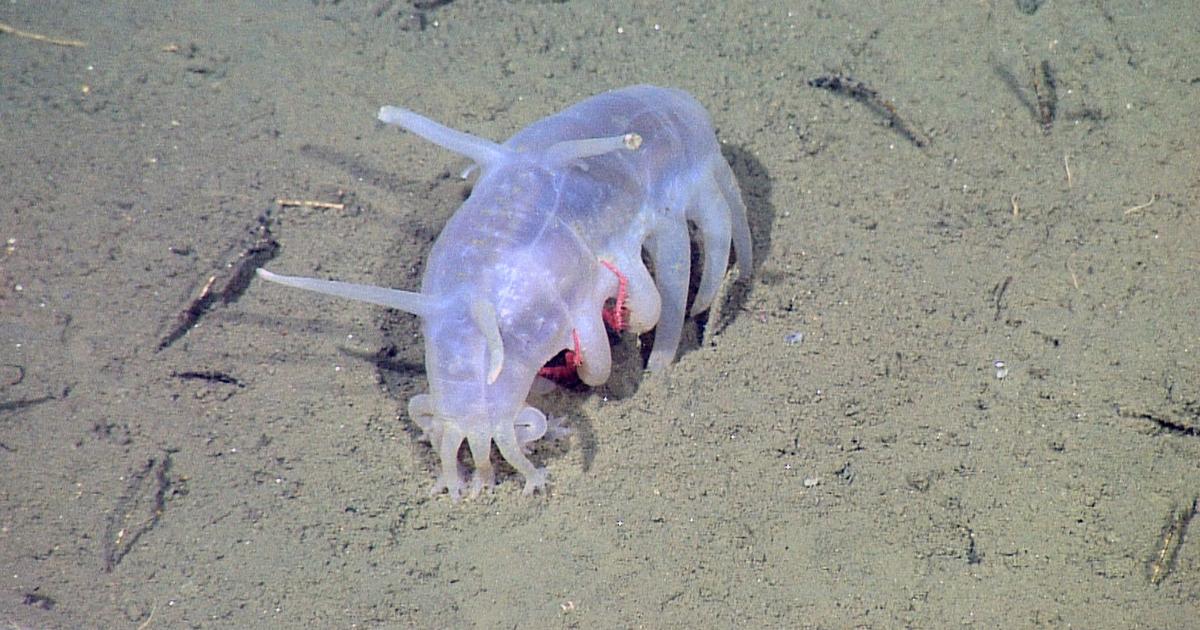Sea pigs
are
curious animals, abundantly present in the abyss.
To discover
What to plant, sow or harvest in March?
How to recognize a sea pig?
Make no mistake, sea pigs look nothing like the land mammals we know well.
On the contrary, these small animals have a soft, oval-shaped body that measures around fifteen cm long.
They are often compared to potatoes!
These sea cucumbers are pale pink in color, bordering on translucent.
They are recognizable by their tubular feet which allow them to walk on the sand.
They also have four dorsal papillae that help them find food.
Finally, they have ten tentacles around their mouth.
What's the difference with the famous sea cucumbers?
The latter resemble vegetables: they have an elongated body and rounded at the ends.
What are the particularities of the sea pig?
The first particularity of the sea pig is that it has a poorly developed respiratory system.
This sea cucumber breathes through the anus: its orifice expands then contracts.
Concretely, oxygen is extracted and water is expelled.
The sea pig has adapted to the depths.
The second particularity?
The ability of sea pigs to defend themselves against predators.
When threatened, they project sticky, poisonous filaments from their mouths.
This toxin, called holothurin, aims to poison the enemy.
Note that these marine invertebrates can swim if they feel threatened.
The third and final characteristic of sea cucumbers is that they live in harmony with other species.
This is the case for sea snails, crustaceans and even flatworms.
Juvenile crabs have often been observed clinging beneath sea pigs to protect themselves from enemies.
Where does the sea pig live?
The sea pig lives mainly in the Indian Ocean, the Pacific Ocean and the Atlantic Ocean.
It evolves in the abyss, at sometimes extreme depths.
Its preferred habitat is more than 6000 meters deep.
Some sea pigs have even been seen at 9500 meters.
Sea cucumbers are gregarious: they live in groups made up of several hundred individuals.
All members move in the same direction, against the direction of the sea current.
They move very slowly.
What does the sea pig feed on?
The sea pig is a deposit-eating animal.
It feeds on organic matter present on the surface of the soil.
The latter consist in particular of remains of algae and decomposing animals.
Sea cucumbers sort the materials they are about to swallow using the tentacles around their mouth.
As an indication, a sea pig can ingest 45 kg of sediment each year.
They play a key role in the life of the seabed!

